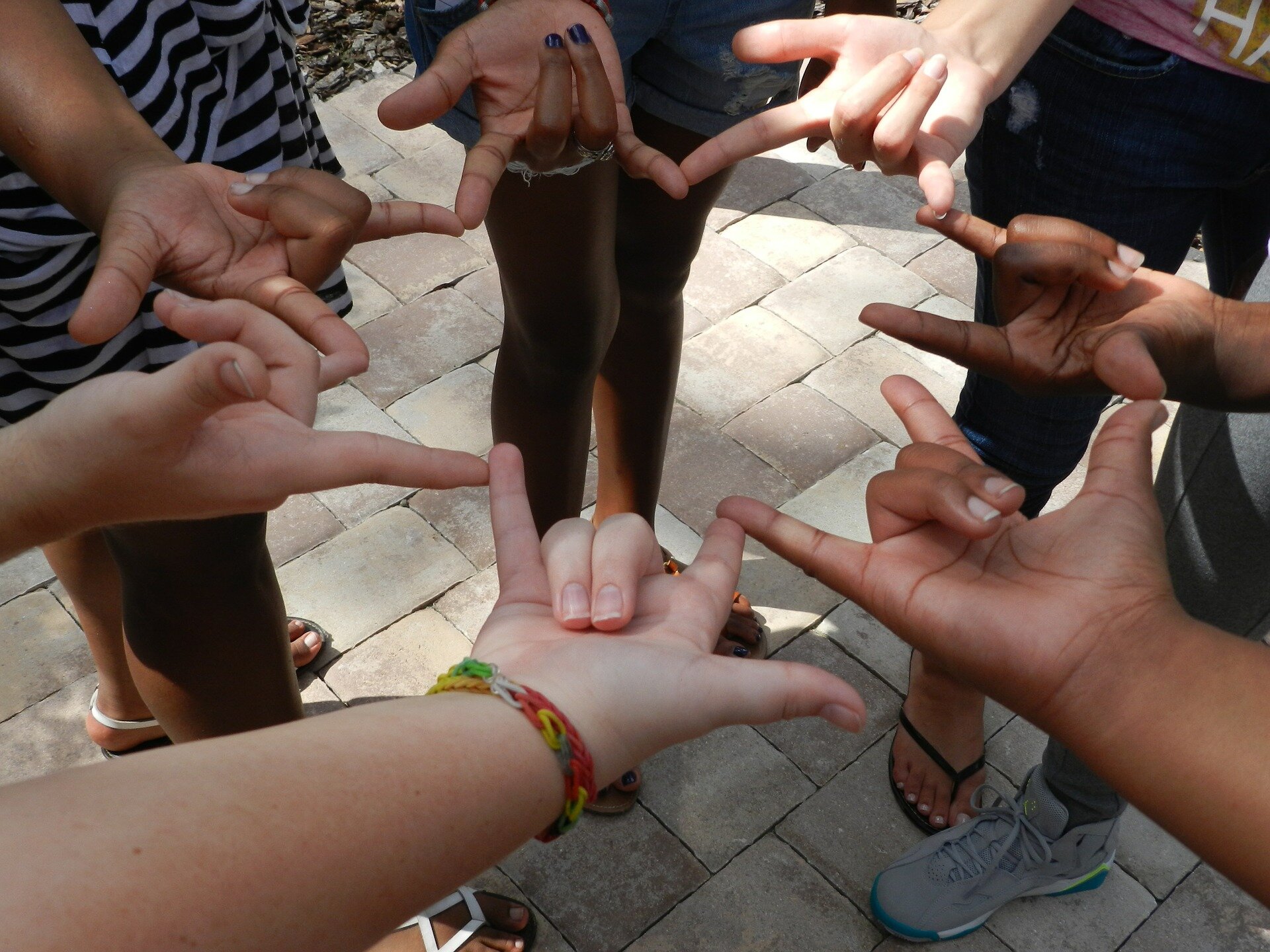Both languages respond to different needs for integration and social justice.
On more than one occasion, many of us have had to talk about inclusive language in public spaces such as social networks, where we find a very crowded line of arguments. For example, people often defend the idea that inclusive language refers to resources such as braille or sign language.
While the intention to shine the light on a demographic group of people with disabilities is more than valid, the cognitive dissonance of conversations about the rights of people with disabilities and gender inequity is well known. These do not belong in the same forum. The main problem is the significant confusion making it difficult to deal with these two issues: There is no clear distinction between the languages of inclusivity and accessibility.
What is accessibility language?
The language of accessibility refers to the denominations, resources, and linguistic systems that enable people with disabilities to participate in the daily activities of life. It encompasses different issues, such as referring to disabled people humanely and correctly with specific communication methods like sign language or braille, tactile sign language, or morse code.
While including people with different abilities in the educational experience and other activities is a fundamental right and one of the purposes of accessibility, describing it under inclusive language is not entirely correct. The first goal is to enable access, to give them a path to be functional in a context of different capabilities, so the language must not give them a different identity.
What is inclusive language?
Inclusive language, indicating gender or non-sexist language, refers to creating and using terms that make LGBTQIA people visible. This language aims to eradicate the vocabulary and expressions that consciously dismiss, minimizes, devalues, and obscures people who are not heteronormal.
So, the purpose of inclusive language is to draw attention to necessary conversations about standardized and internalized behaviors such as androcentrism and heterocentrism. Unlike the language of accessibility, the idea is not to enable but to validate and normalize historically diminished social groups.
Why do we need to stop contrasting them?
Broadly speaking, accessibility language allows a person to participate in a particular experience regardless of their circumstances in terms of abilities. In contrast, inclusive language lets that person feel part of the experience. How we presently handle both conversations, as if they were opposing issues without any intersection or synergy, is also damaging. Doing this ignores the possibility that some people need both languages, for example, people with abilities who do not belong to the heteronormal community.
To give timely attention, forum, and resources to people who need accessibility resources and those who benefit from inclusive language, we must address the two conversations without contrasting them or thinking that one would necessarily have to eliminate the other. There is more than enough room for languages and resources to help all the demographic groups who need them. Have you differentiated in class between accessibility language and inclusive language? What lessons have emerged from the dialogue with students and peers?
Translation by Daniel Wetta.
Disclaimer: This is an article of opinion. The views expressed in this article are the author’s own and do not necessarily reflect the official opinions, points of view, and policies of Tecnológico de Monterrey.
This article from Observatory of the Institute for the Future of Education may be shared under the terms of the license CC BY-NC-SA 4.0 
)
)


)